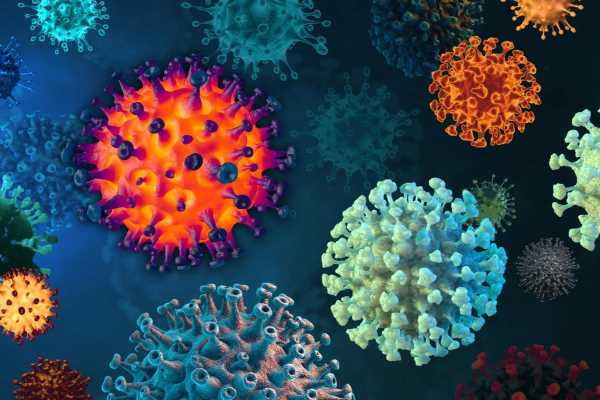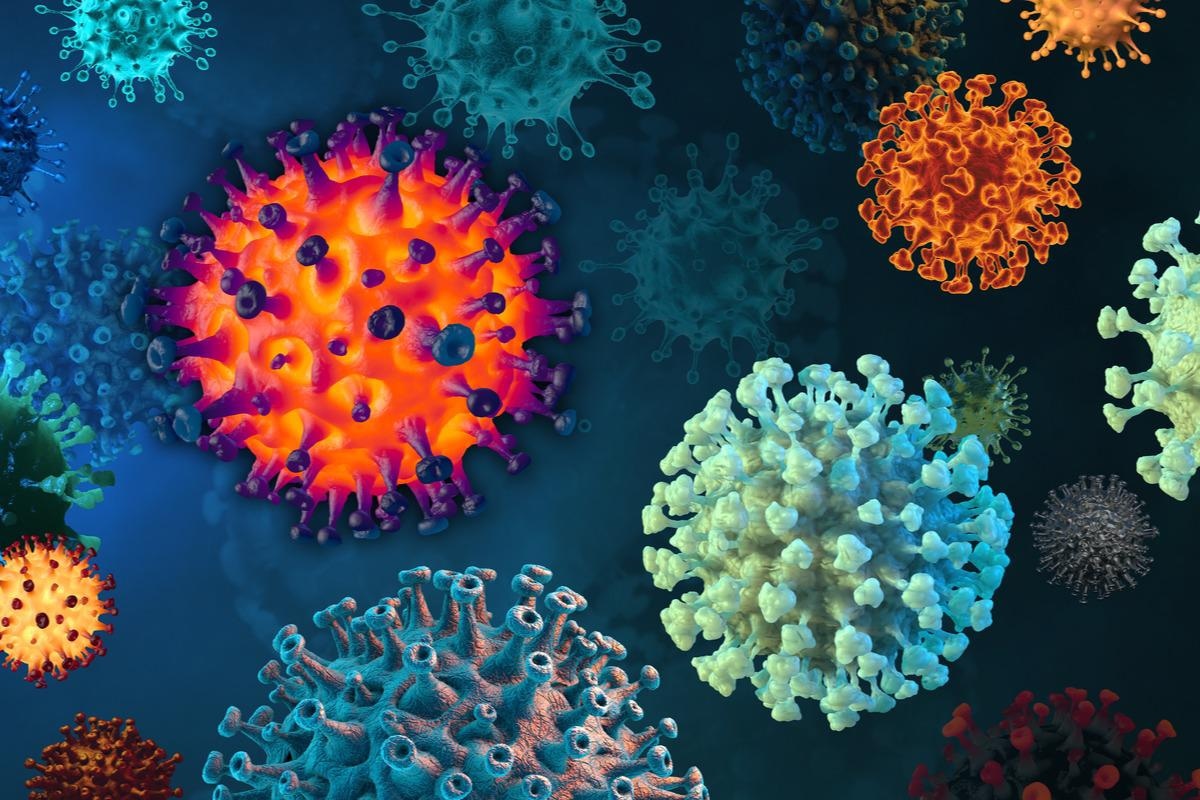
The severe acute respiratory syndrome coronavirus 2 (SARS-CoV-2) is the latest of several pathogenic zoonotic coronaviruses to spread among humans, causing severe respiratory disease with long-term sequelae. A new study shows that multiple variants of this virus may coinfect the same patient, using both genomic sequencing data and computational models.

Introduction
Earlier research showed that multiple variants of the virus were emerging, some with transmissibility and immune evasion characteristics, which helped them become dominant, replacing the ancestral strains. Most of these altered characteristics could be traced to mutations in the spike protein.
Coinfections with other respiratory viruses such as adenoviruses and the respiratory syncytial virus (RSV) have been reported, as well as reinfection of a coronavirus disease 2019 (COVID-19) patient with other variants of the virus. This had not been thought to be possible before but explained the lack of immunity following prior SARS-CoV-2 infection.
The current study, published in the Computational and Structural Biotechnology Journal, shows how patients with COVID-19 can be coinfected with multiple variants of the virus, which could be the reason underlying prolonged viral shedding in such cases, as well as the increased severity of symptoms.
The investigators used graph theory with single nucleotide polymorphisms (SNP) clique analysis to investigate the presence of coinfection with different SARS-CoV-2 variants.
What did the study show?
The scientists built a network of coexisting SNPs, which showed that the largest SNP clique size found in their network was size 16 (16 coexisting loci) and that this could be achieved by coinfection. Conversely, infection with a single variant was an unlikely source for such as large clique in the absence of hypermutation and reversible mutation.
The latter was non-feasible in the presence of unidirectional mutations, with most samples showing two genotypes per locus. The formula they came up with to calculate the chances of obtaining this large clique size with a single variant showed a probability of nearly zero. Thus, the most likely reason for these maximal SNP cliques is coinfection with multiple variants.
The size of the largest clique was linked to the mean number of coinfected variants. Using the genomic sequences collected from the Global Initiative for Sharing All Influenza Data (GISAID) database on May 11th, 2020, and April 1st, 2021, they carried out simulations based on the probability that the assembled genome was actually constructed from multiple coinfecting variants.
This showed that the earlier date had a mean of 3.2 coinfections per patient, which increased to 3.42 by April 1st, 2021. The latter sample contained genomes from five continents, including North America, Europe, South America, Asia, and Oceania. The overwhelming majority came from Europe and North America.
The analysis suggested that the virus could be transmitted across continents during the pandemic, thus allowing for higher risk of coinfection with different variants.
This was confirmed by sequencing samples from a small selection of patients. Important loci to track diverging phylogenetic pathways within the genome of this virus are loci 8,782 and 28,144. These showed repeated heterozygous SNPs; that is, 14 samples contained two SNPs on each of these loci.
The heterozygous SNPs were found in about 40 samples, with 20 such SNPs being found in two or more samples each. This indicates coinfection with multiple variants rather than mutations generated by a single variant.
What are the implications?
Considering the rapidly emerging SARS-CoV-2 variants worldwide, we hypothesized that the coinfected variants in hosts would aggravate the clinical severity, increase the change in viral recombination, and pose a greater threat.”
The study findings indicate the presence of coinfection with SARS-CoV-2 variants, explaining why some patients show such severe symptoms. Moreover, the first-generation of COVID-19 vaccines were developed against the ancestral spike variants. This has limited the protective efficacy of such vaccines in the context of the later variants, such as the Beta, which easily evades vaccine-induced immunity.
Our study proposed a computational simulation approach to decipher the number of coinfected variants, declared coinfection with multiple SARS-CoV-2 variants in COVID-19 patients, and reported increased coinfected variants in the COVID-19 epidemic.”
- Li, Y. et al. (2022) "Both simulation and sequencing data reveal coinfections with multiple SARS-CoV-2 variants in the COVID-19 pandemic", Computational and Structural Biotechnology Journal, 20, pp. 1389-1401. doi: 10.1016/j.csbj.2022.03.011. https://www.sciencedirect.com/science/article/pii/S2001037022000861?via%3Dihub
Posted in: Medical Science News | Medical Research News | Disease/Infection News
Tags: Biotechnology, Coronavirus, Coronavirus Disease COVID-19, covid-19, Efficacy, Genome, Genomic, Genomic Sequencing, immunity, Influenza, Locus, Mutation, Nucleotide, Pandemic, Protein, Research, Respiratory, Respiratory Disease, Respiratory Syncytial Virus, SARS, SARS-CoV-2, Severe Acute Respiratory, Severe Acute Respiratory Syndrome, Single Nucleotide Polymorphisms, Spike Protein, Syndrome, Vaccine, Virus

Written by
Dr. Liji Thomas
Dr. Liji Thomas is an OB-GYN, who graduated from the Government Medical College, University of Calicut, Kerala, in 2001. Liji practiced as a full-time consultant in obstetrics/gynecology in a private hospital for a few years following her graduation. She has counseled hundreds of patients facing issues from pregnancy-related problems and infertility, and has been in charge of over 2,000 deliveries, striving always to achieve a normal delivery rather than operative.
Source: Read Full Article